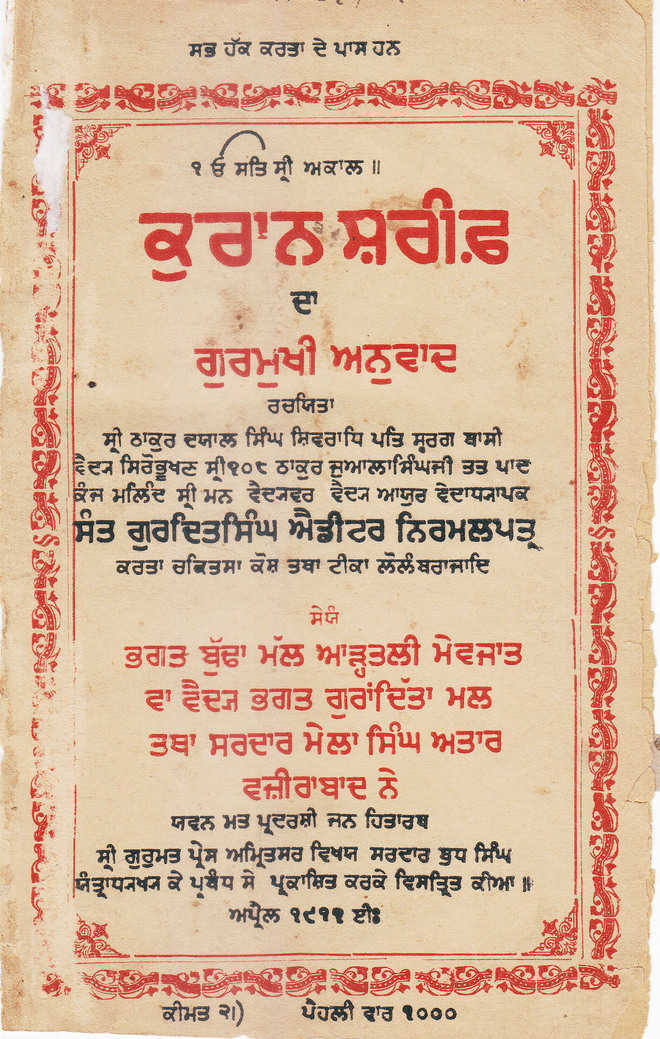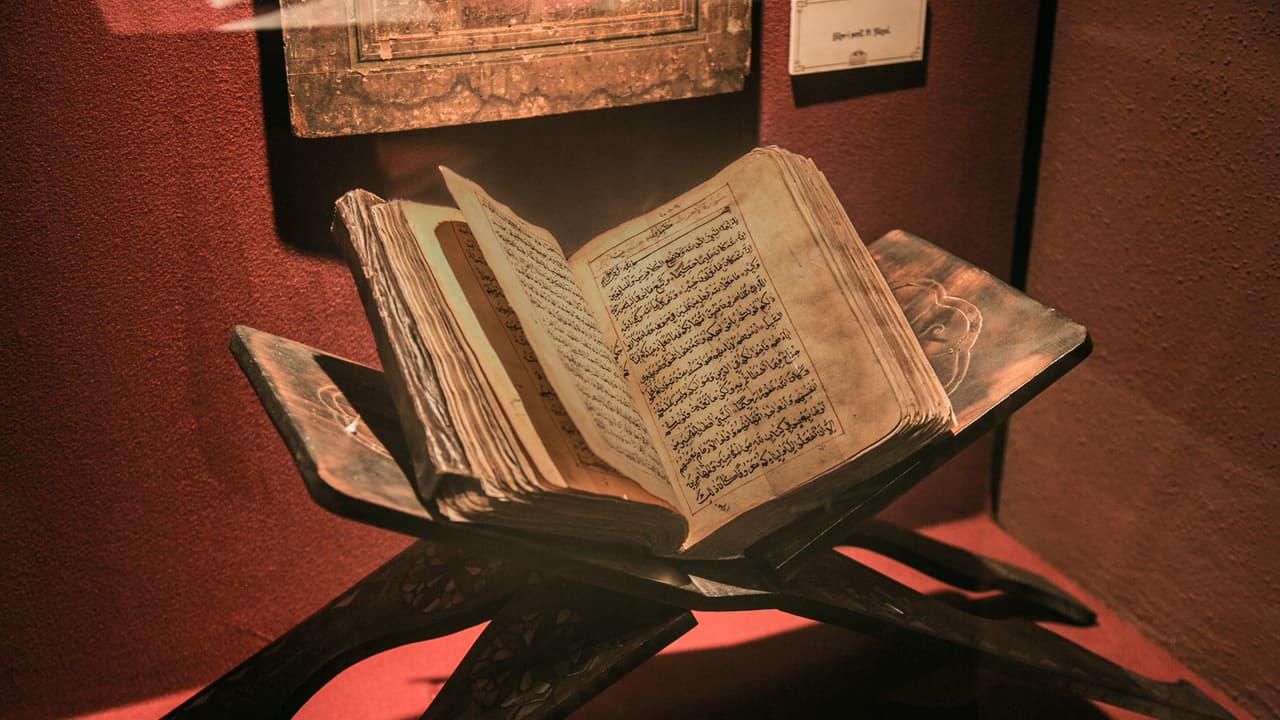A rare Punjabi translation of Quran, created in 1911 through efforts of a Sikh and two Hindus, resurfaced in Punjab after 100 years. Translated into Gurmukhi by Sant Vaidya Gurdit Singh Alomhari, it was passed through Sikh, Muslim and Hindu hands.
In a moving story of faith, friendship and unity, a Punjabi translation of the Quran, translated by a Sikh, printed by Hindus, owned by a Sikh, and later gifted to a Muslim, resurfaced in Punjab after over 100 years later. The book, printed in 1911, is a powerful symbol of India’s deep-rooted culture of religious harmony. Read on to understand how the book reminds us of the years that founded India’s unity in diversity.
A translation that crossed faiths
From the pages of archived inspiring events, this story began in 1911 when Sant Vaidya Gurdit Singh Alomhari, a scholar from the Nirmala sect of Sikhism, decided to translate the Quran from Arabic into Gurmukhi, the script used for Punjabi. The Nirmala sect, known for its devotion to studying scriptures and philosophy, often focused on understanding different faiths, as published a report in The Times of India. Sant Alomhari did not work alone. He was joined by three others, Bhagat Budhamal Adatli Mevjat, Vaidya Bhagat Guraditta Mal and Mela Singh Attar Wazirabad. Together, they printed 1,000 copies of the translated Quran at Gurmat Press in Amritsar. Their aim was not profit but understanding, to make the teachings of Islam accessible to Punjabi readers, regardless of their faith.

From Amritsar to Kotkapura: A century-long journey
More than a century later, one of these rare copies found its way to Punjab historian and professor Subhash Parihar of Kotkapura, who then took on to compiling an encyclopaedia on Sufism. The book’s journey is remarkable. According to reports, this copy once belonged to poet Sardar Jhanda Singh ‘Aarif’ of Kotkapura. After his death, as quoted by The Better India, his son gifted it to Noor Muhammad, a resident of Lande village and a senior lab attendant. Noor kept the Quran safely for many years, maintaining its dignity and care. When historian Parihar approached him for research purposes, Noor gladly handed it over, saying, “It would be a privilege if Parihar can use it for his literary assignment.”
A symbol of harmony and shared respect
For Professor Parihar, the Quran’s history is more than just about a book. It represents a living example of the unity that existed among Sikhs, Hindus, and Muslims in early 20th-century India. “I do not think there can be a better example of Muslim-Hindu-Sikh goodwill in the beginning of the 20th century,” he said. The book’s passage through hands of different faiths, translated by a Sikh, printed by two Hindus, owned by a Sikh, gifted to a Muslim, and now preserved by a Hindu, is a shining example of how religion can bring people together instead of dividing them. “These people rightly deserve to be called ‘religious’ in the true sense of the word,” Parihar remarked, describing the spirit of respect and inclusiveness that defined the project, as mentioned in The Better India.
Preserving a message for the future
Today, this century-old Quran stands not only as a piece of history but also as a message for modern India. It reminds people that mutual respect and curiosity about other faiths can build bridges that last generations. As Professor Parihar continues his research on Sufism, this Quran, born of shared devotion, preserved with care, and passed on with love, will take a proud place in his encyclopaedia. In a time when religious divisions often dominate headlines, this 114-year-old Quran reminds us of what India has always been, a land where hearts connect beyond faith.
